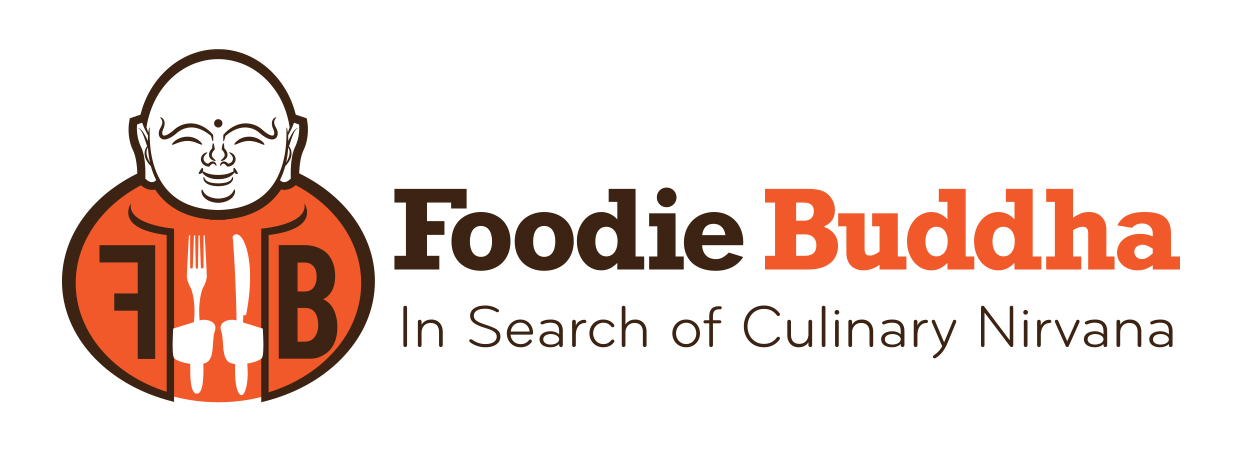From Hervé This to Ferran Adrià to our own Richard Blais, science in the kitchen is all the rage. Though molecular cooking finds its’ roots in molecular gastronomy, the two phrases have become synonymous with one and other.
Many of us wannabe cooks find ourselves completely out of our league in this department. I did okay in high school science, but unless I’m following a cook book or some online lesson – you won’t find my cooking as “enlightened” as some of the aforementioned. That said, I’ve gotten half decent at the techniques explained on this great CL article from the Sarasota edition! Details after the jump
From the aforementioned article:
Spherification
Sometimes called caviar or ravioli, this is one of the simplest and most oft-used tools in the MG arsenal. Essentially, you can take any liquid and turn it into a ball with an elastic — but solid — shell on the outside and the base liquid on the inside. Bite into it and it pops like fine fish eggs, the liquid bursting into your mouth as either the main event or to accent another piece of your final dish. And it’s damn fun.
Basic Formula: Caviar
Equipment: Sodium alginate, calcium chloride
Mix 1.5g alginate and 75g water — use a blender if the alginate starts to gel before it’s assimilated. Add the 500g of your base liquid (fruit juice works, or tea, or beef stock) and mix thoroughly. Allow the solution to rest to let the air bubbles dissipate. Chill.
Mix the calcium chloride with 500g water. Use a syringe or eye-dropper to drop your base liquid into the calcium bath. Remove after 1 minute or so. The timing will vary a bit from batch to batch, so test them as you go. The longer the liquid sits in the bath, the more it will gel.
Rinse and serve. The semi-solid droplets should be served immediately, as the shell degrades over a short period of time.Need some ideas? Try using a whole tablespoon of liquid at a time to create “eggs.” Try using olive juice and drop them into your martini, or mango juice caviar to decorate a nice piece of fish. Both are pretty conventional, though, and MG rewards creativity. Go wild.
Gelatin
Like spherification, using gelatin to turn liquids into solids is a well-practiced art among chefs. MG practitioners just take it a step or two further, transforming soup into stiff noodles or pastes into solid, soft balls. There are a variety of gelatin options out there, depending on whether you want the final product to be cold or hot, or if you want the final product to melt slowly on the plate or maintain rigidity. Noodles are the simplest, so start with that.Basic Formula: Noodles
Equipment: powdered, unflavored gelatine
Mix 6.5g of gelatine with 250g liquid (stock works well, especially if flavored with herbs or spices). Bring solution to a boil and pour over a lipped sheet pan to the desired noodle thickness. Allow to gel, then cut into noodle shapes. Serve as you will.Foam
Need a flavorful sauce, but don’t want all that dreadful liquid cluttering up the plate? Foam’s for you. The great thing about this simple emulsification of sweet or savory liquid is that you can do it at home without the need for nitrous canisters or special equipment. The real secret is powdered soy lecithin, which allows you to create airy concoctions out of fat and water that won’t normally blend together. All you need is the powder and a handheld mixer.
Basic Formula: Chicken stock foam
Equipment: Lecithin powder, immersion blender.Add 1.3 g of lecithin to 250g of stock. Use insertion blender until aerated foam appears on surface. Let foam set briefly, then scoop off and use. Experiment with other liquids, from the poaching liquid used for fish to de-bubbled root beer mixed with parmesan cheese.

